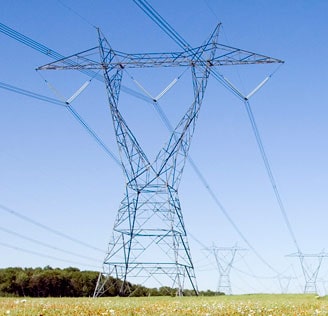Alberta’s weighted average Power Pool price for March is currently $65.41/MWh. Relative to last week’s price of $74.23/MWh, we have experienced a decrease of $8.82/MWh or 11.9%. Pricing is starting to return to seasonal norms, as we continue to see a decrease in hourly volatility and off-peak pricing remaining steady. This past week, Power Pool pricing averaged $45.50/MWh, which is helping to curb month-to-date prices. Even with a few hourly peaks this month, such as on March 21st when pricing averaged $270.64/MWh between 8am and 11am MST, it is not enough to elevate monthly pricing to extreme levels. Pricing has also been suppressed this week due to generators coming back online from multi-day outages, including Battle River 4, Battle River 5 and Keephills 3, which combine for a maximum capacity of 1,003MW. We should continue to see pricing settle for the remainder of the month, as seasonal demand kicks in.
In a recent report, it was said that Alberta will continue to shift to renewable generation and will see the quickest growth in the country between 2018 and 2023. As the province phases out coal generation, replacing it with renewable sources such as wind and solar, and natural gas for baseload generation, it is forecasted that 23% of Alberta’s electricity capacity will be supplied by renewable sources by 2023; in 2017, renewables contributed just 16%.
The weighted average Hourly Ontario Energy Price (HOEP) is currently at 1.6¢/kWh for March, a slight dip of 0.1¢/kWh or 6% compared to last week’s settle. With warmer temperatures and spring settling in, demand has decreased 6% (15,131MW) compared to average March levels, and supply levels have dropped in step (-6%, 15,574MW). All generation sources have lowered their supply: nuclear (-3%, 8,367MW), gas (-46%, 937MW), hydro (-3%, 4,054MW), solar (-1%, 91MW), and biofuel (-18%, 39MW). Currently, with the first Global Adjustment estimated at 7.9¢/kWh and the first estimate recovery rate at 0.5¢/kWh, March’s total market price is 10¢/kWh.
In other electricity news, the Financial Accountability Office (FAO) of Ontario released a report on the cost to subsidize industrial and large commercial electricity rates. In the 2020 Ontario Budget, the province announced that, starting January 1, 2021, it will reduce electricity costs for Class A and Class B customers by shifting 85% of the costs of green energy contracts from ratepayers to taxpayers. In their report, the FAO estimates that this renewable generation subsidy program will cost taxpayers $15.2 billion over the lifetime of the program, from 2020-21 to 2039-40, and $2.8 billion in the first three years, from 2020-21 to 2022-23. The FAO concluded that the net cost in the first three years of the subsidy program is $1.5 billion higher than was originally estimated in the Budget.
– Mark Ljuckanov, Energy Advisor / Ryan Cosgrove, Energy Data Analyst / Sarah Clemente, Energy Data Analyst








Add comment